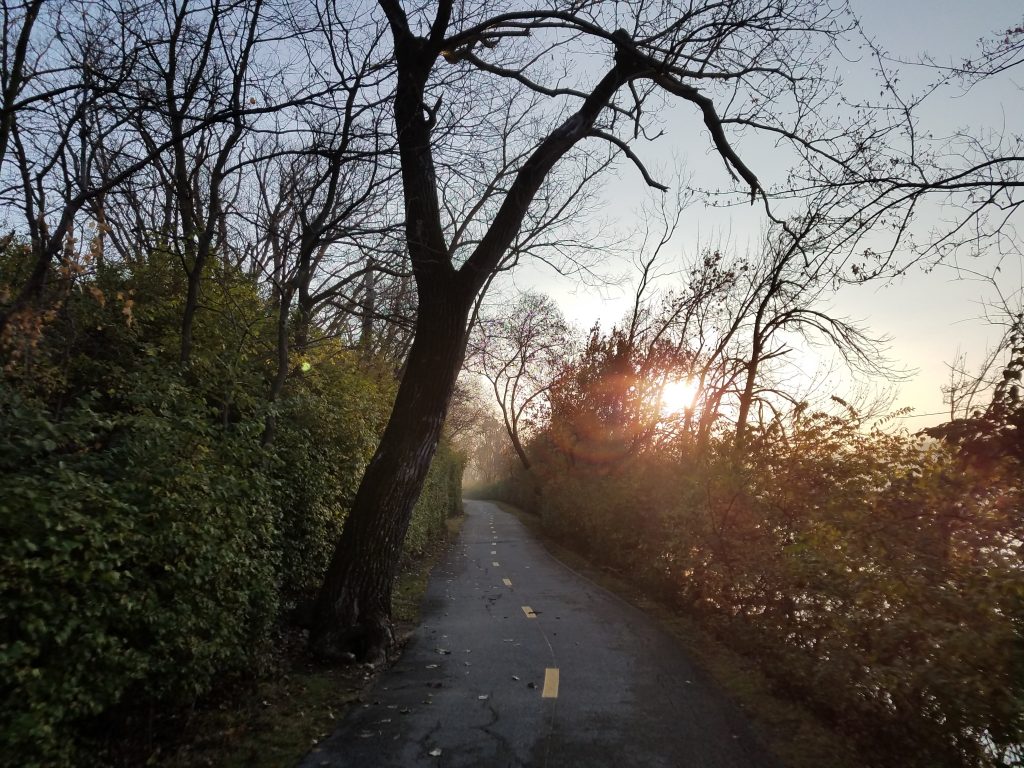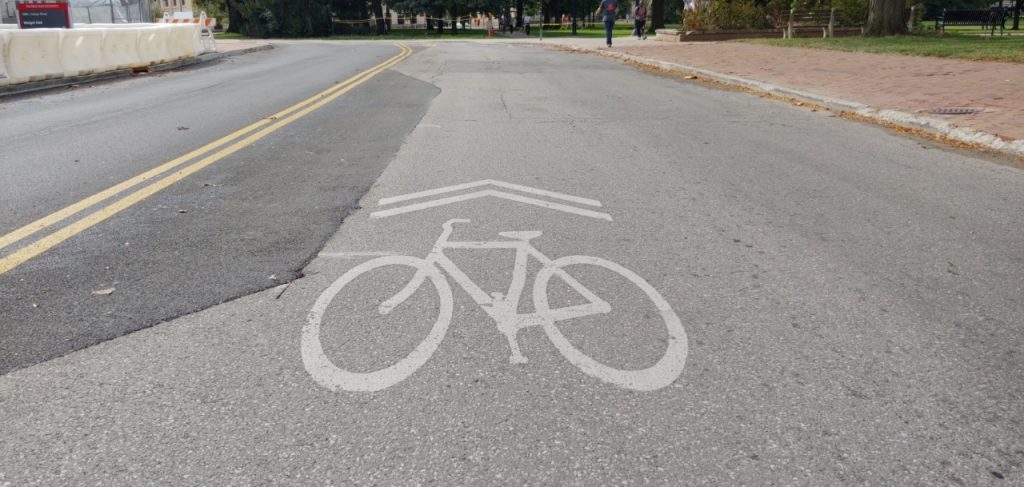by Liam Smith, 2019
The three main facets of cycling safety: infrastructure, preventing the accident, and then what happens in the aftermath of an altercation with a motor vehicle. Starting with bike lanes and boulevards, the goal of these is to remove cyclists from wheel to wheel traffic, where the majority of incidents and fatalities occur; however, there are systemic issues with the implementation in many different locations across the country.
One of the main issues surrounding cycling infrastructure is the disconnect between legislators and the cycling community. This rift exists from low-level research all the way up to the Mayor’s office. New York City is a perfect example of this phenomenon. In the wake of the worst year of cycling fatalities in Manhattan, the city is attempting to remedy the issue by adding more infrastructure. Most recently, they are trying to get a bill passed that calls for 50 miles of new bikes lanes each year. While on paper this sounds like a good idea, this is only going to increase tension between pedestrians, cyclists, and drivers. There exists a toxic trifecta between these groups, with each group at odds with the others. It does not help that the infrastructure that is in place already is confusing and difficult to understand. Currently the network of paths and bike lanes is a patchwork with large gaps between sections. This makes navigation treacherous as it oftentimes just ends and plunges you back into traffic, putting you at odds with drivers.

There is a consensus among different members of the urban cycling community that less infrastructure, but with better connections would be more beneficial; however, this is lost on many city planners. When I sat down to interview Yujin Park, a PhD candidate in Knowlton School of Architecture for Regional and City Planning, there was a distinct disconnect. She was in favor of more infrastructure as opposed to connecting existing resources. This directly contradicts the desires of those that actually use the roads and lanes snaking through the city and surrounding neighborhoods.

There is hope though; many institutions Ohio State included, are pouring money into researching the current behaviors of cyclists. This is leading to better infrastructure and increased safety for cyclists. As noted by Ms. Park though, this leaves a blind spot in the coverage because it is much harder to collect data on pedestrians and their needs. While there is a lot of crossover between parties, not everything is like for like. Pedestrians for example require more shade since they are typically more affected by hot temperatures and weather. As a large part of the greater urban community their needs and opinions also need to be heard. They are also put at risk from dangerous drivers just like cyclists.

In the event there is no cycling specific infrastructure to take advantage of, what can you do to protect yourself and avoid an accident? There are many options available ranging from clothing and lights to full-blown radar detection units to boost your situational awareness when riding your bike.
A simple set of lights is one of the first purchases you should make if you plan to ride your bike regularly. Even if you will not be riding in dark conditions, most cycling authorities still recommend keeping your lights running even during the day. Even small LED clip-on lights are visible from a great distance and help identify your direction of travel to passing cars. These can be found at any local bike shop and even most department stores such as Target. Additionally, in the event of a collision, having working lights can help with insurance claims as you did everything you could to avoid an accident.
Another great step in protecting yourself is wearing brightly colored clothing, such as a fluorescent vest or reflective jacket. Especially in lowlight or wet conditions, this greatly improves the visibility of the rider. When used in combination with the aforementioned lights, any rider can instantly turn into a bright beacon on the road.
Much like the lights, there is a wide variety of peripheral gadgets you can add to your bike or apparel to increase your awareness of your surroundings. One of the most popular is the use of a mini mirror. The most common locations are affixed to your helmet or attached to the left side of your handlebars. Even a small mirror allows you to see much more without needing to turn your head and take your attention away from the pavement ahead of you. As a past user, you quickly get comfortable with the extra peripheral vision and feel almost blind or vulnerable when not using it. As mentioned previously, there are even more technologically advanced versions for the tech savvy individual. Garmin makes a clip-on radar unit that connects with Bluetooth to a simple receiver mounted on your handlebars. When a car approaches, it will alert you to the closure speed and distance. If the car approaches too close for comfort, the shrill warning alerts you to take evasive action. Despite all these amazing technologies, cyclists still get hit by cars; however, they better arm the cyclist to defend themselves and leave it less to chance than in the past.

In the event a crash is inevitable though, we have our third facet of cycling safety: protective gear. This includes but is not limited to helmets and body armor, and more recently, airbags. Trek is currently the leader in pioneering new technologies to create safer helmets, unveiling WaveCel earlier this year. This is a honeycomb design that is intended to absorb dangerous rotational forces acting on your brain in the event of a crash. Most helmets use a material called EPS or Expanding Polystyrene to redirect the impact forces; however, the material is largely limited to a linear redirection. If the more dangerous spinning forces are acting on your head, they are much less effective. That’s not to say a helmet without these new technologies is useless. Speaking from personal experience, I crashed at 35 miles per hour and an EPS helmet saved my life by crushing just like it was supposed to.
While the newest in a line of new helmet liners WaveCel is not alone. POC in Sweden developed their own proprietary version aptly name SPIN, short for Shearing Pad INside. Much like the crumple zone on a car, it is designed to deform and relieve the pressure generated from a side-on impact. Additionally, many other helmet manufacturers have licensed MIPS, which functions largely the same way. This really was a huge leap forward since most helmets were largely unchanged since their mainstream introduction.

Even more revolutionary than WaveCel is a new wearable airbag called HÖVDING. Simply wear around your neck while riding and in the event of a crash, it deploys in one tenth of a second to cushion your impact with the ground. According to Stanford it is the safest cycling head protection in the world, rated up to eight times safer than traditional helmets. The newest version can even call your emergency contacts in the event of an accident. While not designed for more avid cyclists, it is perfect the commuter or recreational rider just looking for some extra protection while riding.
With innovative technologies like these being pioneered all around the world, the future of cycling safety is burning bright. Much attention is being drawn to cycling safety as the community grows larger, which will only serve to improve the situation.




